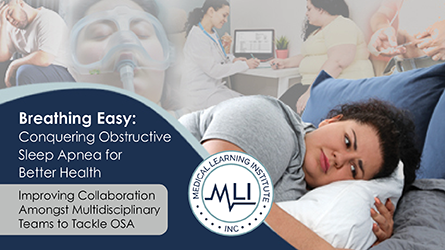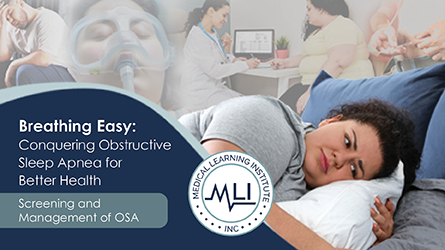- On-Demand
Improving Survival in First-Line Metastatic NSCLC with Dual Checkpoint Blockade: Real-world Applications in Clinical Practice / Activity 2
- Credit: 0.50hr(s)
- AAPA, CME, CPE, NCPD
- February 17, 2023 —
- September 30, 2024
- Therapeutic Areas: Hematologic Oncology, Oncology
- Specialties: NSCLC, Oncology
- Location: Internet Activity Enduring
This educational initiative is designed for community-based oncology clinicians (physicians, nurse practitioners [NPs], physician assistants [PAs], pharmacists, and nurses) to enhance outcomes for individuals with who provide care for individuals with mNSCLC. This interactive online activity uses the game-based platform Kahoot! to test participant ability to identify and apply key learning points to metastatic NSCLC (mNSCLC) patient cases while competing against their colleagues. Expert faculty will discuss the emerging efficacy and safety data for CTLA-4 inhibitor combination regimens in mNSCLC and explore strategies to identify patients who would most benefit from these therapies through the use of biomarkers. Additionally, there will be an in-depth discussion regarding approaches to effectively collaborate with other clinicians and mNSCLC patients to provide cost-effective, equitable, and inclusive care for patients of all socioeconomic and racial/ethnic backgrounds. Join us for Part 1 of this question and answer based educational activity, Improving Survival in First-line Metastatic NSCLC with Dual Checkpoint Blockade: Exploring Recent Data and Treatment Strategies for an in-depth dive into the data!







